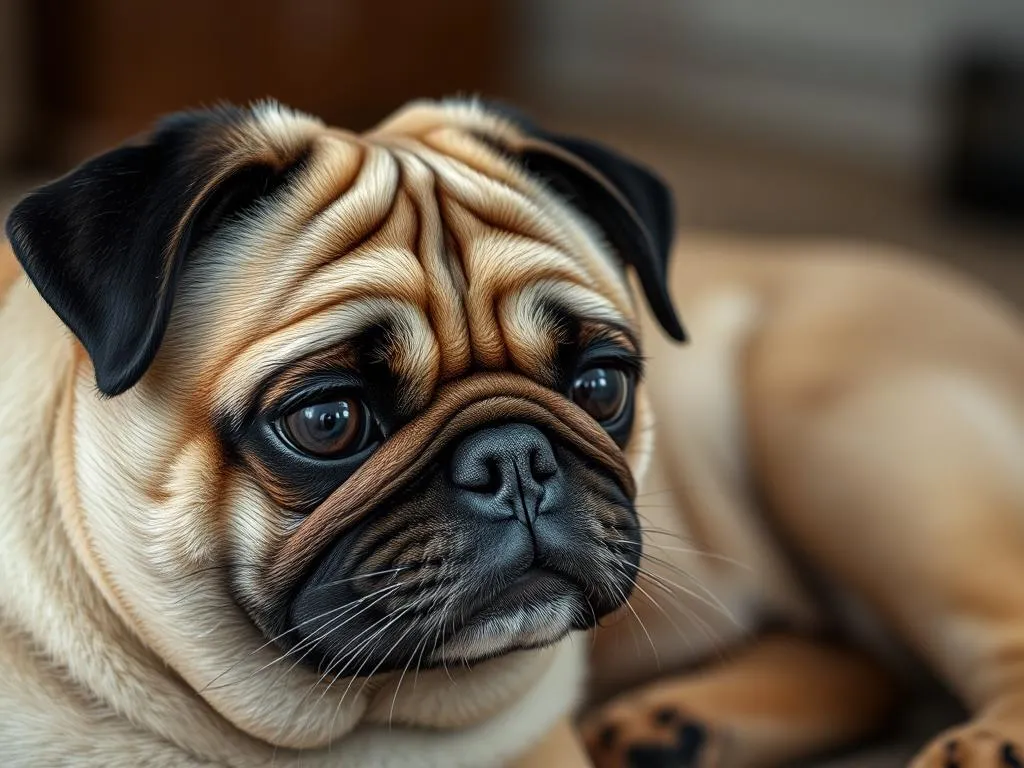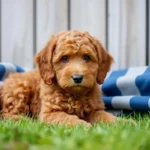
Introduction
When considering the addition of a dog to a household that already includes a cat, many pet owners find themselves pondering the question: will a pug be good with my cat? Understanding the dynamics between different pet species is crucial for ensuring a harmonious living environment. Pet behavior can vary significantly across breeds and individual animals, making it essential to know what to expect.
Pugs, with their charming personalities and affectionate nature, are popular companions. However, their compatibility with cats is a topic worth exploring. This article aims to provide insights into the temperament of pugs, how they generally interact with cats, and practical tips for fostering a peaceful coexistence between these two beloved pets.
Understanding Dog Breeds
Definition of Dog Breeds
A dog breed is a specific group of domestic dogs that have been selectively bred for particular traits, behaviors, and characteristics. This selective breeding has occurred over centuries, resulting in the diverse array of breeds we see today. From the tiny Chihuahua to the robust Great Dane, each breed possesses unique attributes that influence its behavior and compatibility with other animals.
Characteristics of Different Dog Breeds
Dog breeds vary widely in numerous aspects, including size, temperament, and energy levels. Some breeds are naturally more social and adaptable, while others may exhibit territorial or dominant behaviors. Recognizing these characteristics can help predict how a dog might react in the presence of a cat. For example, breeds known for their high prey drive may not be suitable companions for felines, while more laid-back breeds like pugs can often integrate well into homes with cats.
Introduction to Pugs
History and Origin
Pugs have a rich history that dates back to ancient China, where they were bred as companions for royalty. Their small size and distinct physical features—such as their wrinkled faces and curled tails—make them easily recognizable. Over time, pugs spread to Europe, becoming popular among various aristocratic families.
Temperament of Pugs
Pugs are known for their affectionate and playful nature. They are sociable dogs that thrive on companionship, making them well-suited for families or individuals looking for a loving pet. Unlike some breeds that may be aloof or reserved, pugs are typically eager to engage with both humans and other animals. Their friendly demeanor often makes them a good choice for households with other pets, including cats.
General Dog-Cat Dynamics
Behavioral Traits of Cats
Cats are generally known for their independent and territorial nature. They often prefer to establish their own space and may react defensively when they feel threatened. Understanding these behaviors is critical when introducing a new dog into a cat’s territory. Cats may also display curiosity and playfulness, which can lead to positive interactions with dogs if managed correctly.
General Tips for Dog-Cat Introductions
Introducing a dog to a cat requires careful planning. Here are some essential steps for a successful introduction:
-
Gradual Introductions: Start by allowing the pets to become familiar with each other’s scent before any face-to-face meetings. You can achieve this by swapping their blankets or toys.
-
Controlled Meetings: Use a leash for the dog during initial introductions to maintain control. Keep the cat in a safe area where it can retreat if it feels uncomfortable.
-
Positive Reinforcement: Reward both pets for calm behavior during interactions. This can help them associate each other with positive experiences.
-
Supervision: Monitor their interactions closely, especially in the early days. This will allow you to intervene if necessary and prevent any negative encounters.
Will a Pug Be Good with My Cat?
Compatibility Factors
The compatibility of a pug with a cat depends on several factors, including the individual temperament of both animals and their previous socialization experiences. Pugs are generally known for their friendly and sociable nature, which can help them get along well with cats. However, individual personalities play a significant role; some pugs may be more playful or boisterous, while others may be more laid-back.
Case Studies and Anecdotal Evidence
Many pug owners report positive experiences when introducing their pets to cats. For instance, a pug named Max quickly became best friends with his feline roommate, Bella. Their owners noted that Max’s gentle demeanor and playful attitude allowed Bella to feel safe and secure, fostering a strong bond between them.
Conversely, there are instances where compatibility struggles arise. A pug named Charlie exhibited high energy levels and curiosity, which initially overwhelmed his new cat sibling, Oliver. With time and proper training, both pets learned to coexist peacefully, demonstrating that patience and understanding can lead to positive outcomes.
Expert Opinions
Veterinarians and animal behaviorists often suggest that pugs can coexist well with cats, provided that both pets are introduced properly. Many experts emphasize the importance of early socialization for pugs, which can significantly impact their ability to get along with other animals. Additionally, a veterinarian might recommend observing body language during initial interactions, as signs of stress or discomfort can indicate the need for a slower introduction process.
Tips for Successful Coexistence
Preparing Your Home
Creating a conducive environment for both pets is essential for fostering a harmonious relationship. Here are some practical steps:
-
Safe Spaces: Ensure that both the pug and the cat have designated areas where they can retreat when feeling overwhelmed. This can include separate rooms or cozy hiding spots.
-
Barriers: Use baby gates or closed doors to separate the pets initially, allowing them to observe each other without direct contact.
Training and Socialization
Training is vital for both pugs and cats to ensure they understand acceptable behaviors around each other. For pugs, basic obedience training can help them learn commands such as “sit” and “stay,” which are useful for managing excitement during introductions.
For cats, reinforcing calm behavior around the dog can also be beneficial. Using treats to reward the cat for remaining relaxed during interactions with the pug can promote positive associations.
Monitoring Interactions
Observing how your pug and cat interact is crucial for identifying any signs of stress or aggression. Look for behaviors such as hissing, growling, or excessive barking, which may indicate discomfort. If you notice any of these signs, it may be necessary to separate the pets and try again later.
Common Concerns and Misconceptions
Aggression Myths
One common misconception is that pugs are inherently aggressive towards cats. In reality, pugs are known for their friendly demeanor and typically do not exhibit aggressive behavior unless provoked. Individual personality and prior experiences significantly influence a pug’s behavior towards cats.
Health Considerations
Pugs are a brachycephalic breed, which means they have short noses and flat faces. This can lead to respiratory issues that may affect their energy levels and interactions with other pets. Ensuring that your pug is healthy and well-exercised can contribute to a more balanced temperament, making it easier for them to coexist peacefully with a cat.
Individual Personality Variations
It’s important to remember that each pet is unique. While breed characteristics can provide insights into general behaviors, individual personalities can vary widely. Some pugs may naturally have a higher prey drive or be more excitable than others, affecting their compatibility with cats.
Conclusion
In summary, the question, will a pug be good with my cat? can often be answered positively, provided that both animals are introduced thoughtfully and given time to adjust to one another. Pugs, with their playful and affectionate nature, typically have the potential to coexist peacefully with cats.
By understanding the dynamics of both species, preparing your home, and monitoring their interactions, you can foster a harmonious relationship between your pug and your feline friend. Each pet’s individual personality should always be taken into account, ensuring that their unique needs are met for a successful coexistence.
Frequently Asked Questions (FAQs)
Can pugs be trained to get along with cats?
Yes, pugs can be trained to interact positively with cats through proper introductions and reinforcement of calm behavior.
What age should I introduce my pug to my cat?
Introducing a pug to a cat can happen at any age, but early socialization, especially during puppyhood, can lead to better outcomes.
Are there specific signs that my pug likes my cat?
Signs of affection may include playful behavior, following the cat around, and relaxed body language in the cat’s presence.
What should I do if my pug and cat don’t get along?
If your pug and cat don’t get along, consider separating them and slowly reintroducing them using positive reinforcement techniques.
Can other small dog breeds coexist with cats like pugs do?
Many small dog breeds can coexist with cats, but compatibility will still depend on individual temperament and proper introductions.









